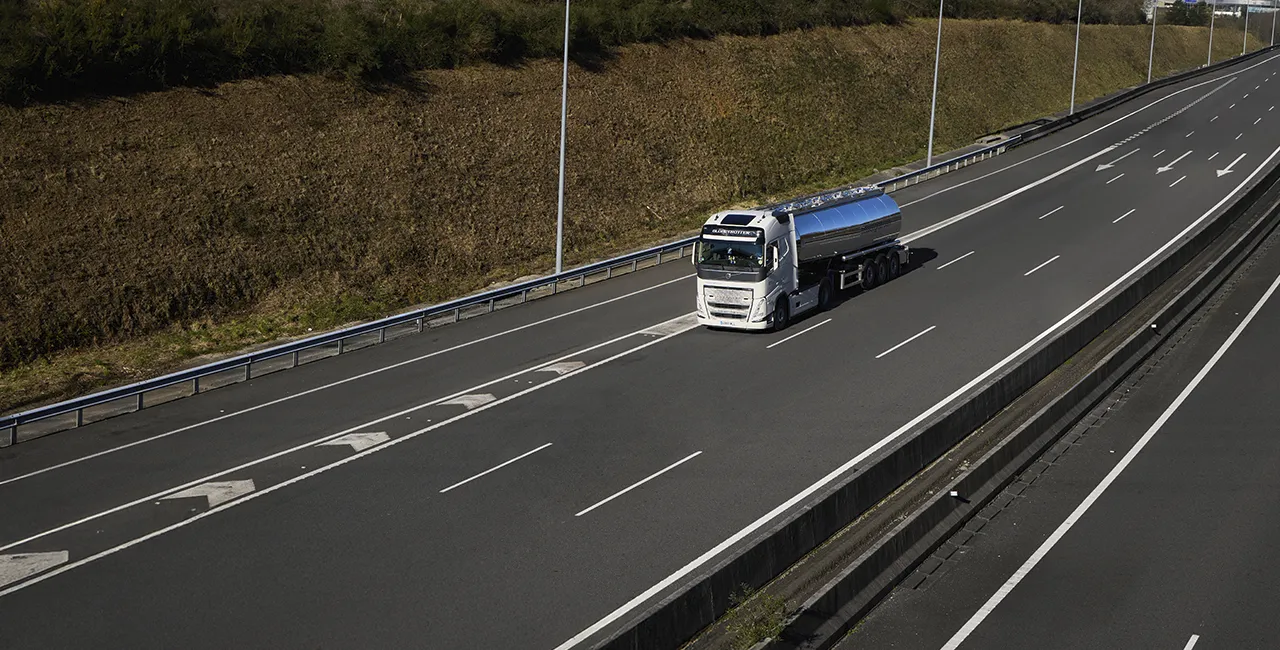
In our last post, we talked about the safety measures we incorporate into our vehicles to minimise unforeseen events during loading and unloading in industrial areas and factories producing dairy products or food liquids in general. However, there are other additional measures that have a
greater impact on safety on the road, helping to minimise any incidents.
One of these measures that also contributes to driver comfort is the front radar or distance control. This is a device located at the front of the tractor unit that is capable of detecting obstacles and vehicles travelling in front of the truck in order to modulate its speed and automatically maintain a safe distance at all times. This device also emits an audible warning to the driver in the event of obstacles and, if necessary, can brake the truck if the driver does not respond to the alarm for any reason.
This measure is complemented by speed control, which is more widely implemented in all types of vehicles and keeps the truck at a constant speed without the driver having to keep their foot on the accelerator, greatly contributing to comfort on the road.
The importance of driver comfort translates into less fatigue and better responsiveness to unforeseen events.
Another fundamental part of the transit of our isothermal tanker trucks is the application of route control and monitoring. This helps us to optimise the route by planning stops from the outset. rest breaks, refuelling points, and departure and arrival times at each point.
This planning requires constant communication between our vehicles and the traffic team at our offices, who are on the lookout for any changes that may arise due to unforeseen circumstances such as traffic jams or the unavailability of a refuelling point, to give just two examples.
Nowadays, route optimisation is an essential tool in our work to reduce fuel consumption, cost per journey and delivery times. In the same way that we renew our trucks, we apply a continuous training system to our staff with the improvements that technology offers us.



This has been the work of Sr. Concejo

